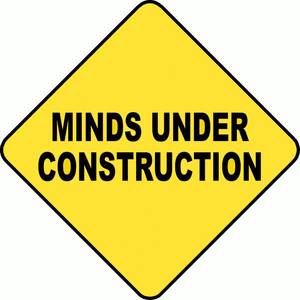 When you learn about CrossFit and the theory behind it, you review how you create and restore neurological connections as you learn how to lift and body awareness. It’s why you try a movement over and over again, helping develop muscle memory
When you learn about CrossFit and the theory behind it, you review how you create and restore neurological connections as you learn how to lift and body awareness. It’s why you try a movement over and over again, helping develop muscle memory
Although the precise mechanism of muscle memory is unknown, what is theorized is that anyone learning a new activity, or practicing an old one has significant brain activity during this time. The walking child is gradually building neural pathways that will give the muscles a sense of muscle memory. In other words, even without thinking, the child is soon able to walk, and the muscles are completely accustomed to this process. The child doesn’t have to tell the body to walk; the body just knows how to do it, largely because neurons communicate with the muscles and say, “walk now.”
In this article from Education Week: Teacher –What Neuroscience Tells Us About Deepening Learning, neurological pathways are discussed it in relation to a teacher teaching students in an educational model…
The more frequently a student’s brain retrieves and connects information, the better the chance that the student will recall it quickly and accurately.
The strongest—and most easily accessible—memories are created through dense, interwoven neural networks. Information has a much better chance at being recalled more quickly when it has been retrieved repeatedly and connected to as many other pieces of information as possible.
However (and this has been a significant reflection point for me as an armchair neuroscientist) even a densely connected, sensory-rich memory is essentially reconstructed when it is recalled. The recalled information can be shaped by context, influenced by the student’s emotional state, attention level, and receptivity.
There is so much connection between your mind and body — so much research and science behind it all. Add to it the mental aspect of training and learning — attitude and environment can interfere with muscle memory.
Really interesting stuff —